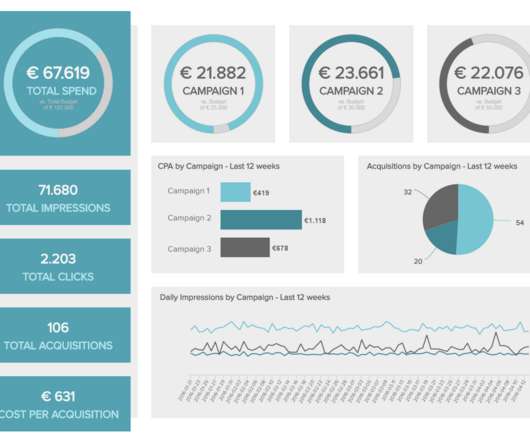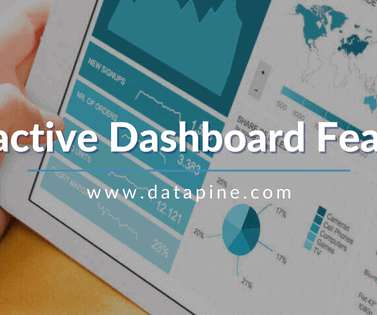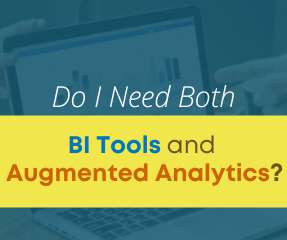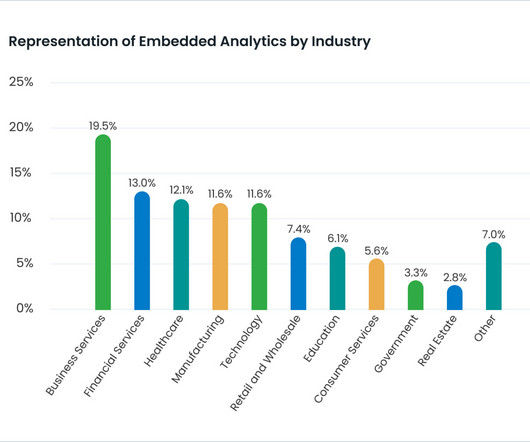Digital Dashboards: Strategic & Tactical: Best Practices, Tips, Examples
Occam's Razor
JULY 15, 2014
You need access to data, the ability to analyze (slice, dice, drill-up, drill-down, drill-around) interesting data points that your performance throws up, ability to understand what caused the performance (often by understanding who did, what and where in other parts of the organization), and the power to make decisions.























Let's personalize your content